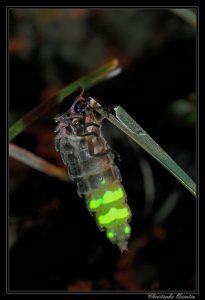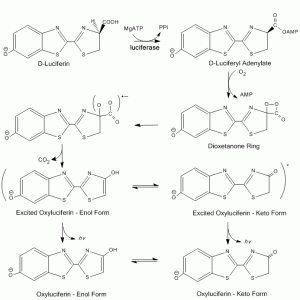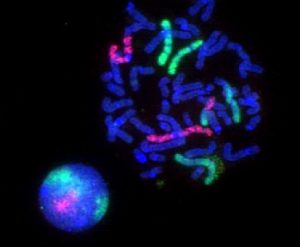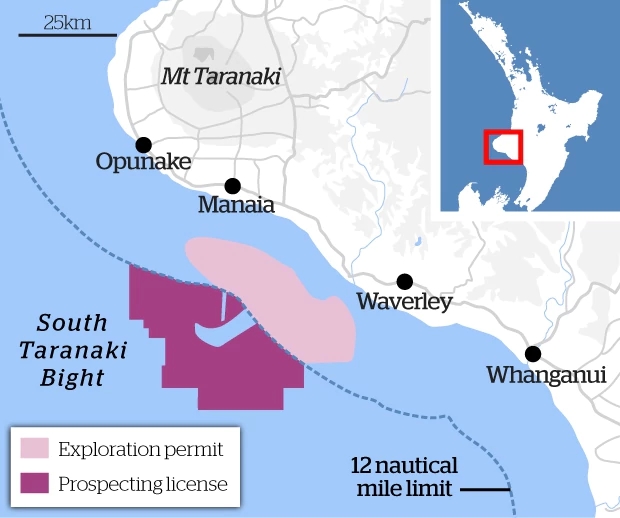Assuming you are a sushi or seafood lover, will you be shocked if I tell you the salmons near Seattle has found to have of multiple drugs, including cocaine in their tissues? Although you actually don’t need to worry about your health this time, some other effects may still worth concerning.

Salmon. credit: Pexels
A study lasted from 2014 to 2016 has examined the contaminants in three estuaries in Puget Sound near Seattle by collecting both water sample and juvenile Chinook Salmon samples. The scientists found that the juvenile Chinook Salmon’s tissue contains many drugs and other chemicals, including Prozac, Advil, Benadryl, Lipitor, BPA, even cocaine. The estuaries’ water also contains 81 types of drugs, cosmetic products, which are higher than the expected concentrations.

Salmon and water bodies contain the chemical products. Source: http://www.sciencedirect.com/science/article/pii/S0269749116300884
The variety of the compounds inside salmon and water is from multiple factories in the regions producing a wide range of products, including pharmaceutical, personal care products, and current use pesticides. Multiple chemicals then are ejected into the water bodies and the organisms from the discharged water from the factories’ wastewater treatment plants.
Fortunately for us, the concentration of individual compounds in the organisms and water would be too low to affect human health. Also, there are multiple other salmon species to choose, like sockeye salmon, so that people would not need to eat juvenile Chinook salmon.
However, it is estimated that the salmons’ survival rate would be decreased by around 50%. The drugs could inhibit the salmons’ immunity, and make them more susceptible getting diseases and/or make them become less fit. This could also give them a hard time feeling from their predators, and thus increase the salmon population’s death rate.
Also, most of the compounds and products found in salmon tissues are in fact approved to use, or considered as non-toxic, it is quite common for them to be discharged from a wastewater treatment plant. Thus, only a small proportion of the chemicals are monitored or regulated in the estuary environment, while there could be hundreds of other chemicals/products presenting the water and organisms. Therefore, the toxicity effects might have been underestimated, as the “non-toxic compounds” could interact with each other, and increase their overall toxicity to be harmful to humans.
In a word, even though we are being lucky enough not to be affected by the drug-contained salmons this time this time, it is yet unclear about the overall effects of the multi-products-contaminated waterbodies. If we don’t work on to improve the wastewater monitoring and regulation system, maybe the water contamination will eventually affect ourselves.
-Lilo Wang




